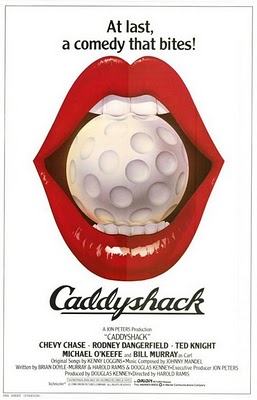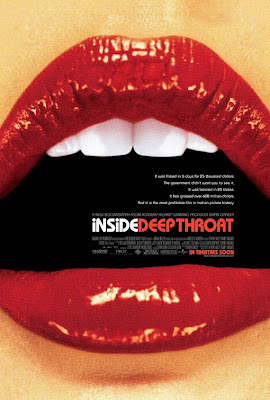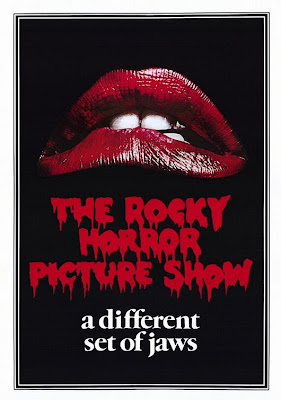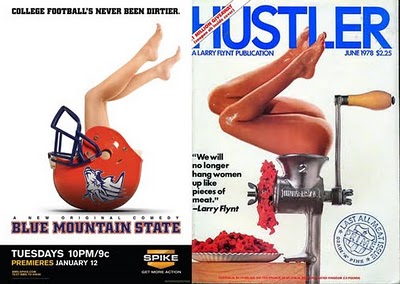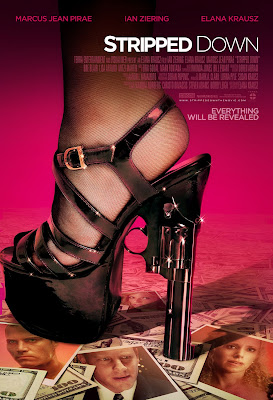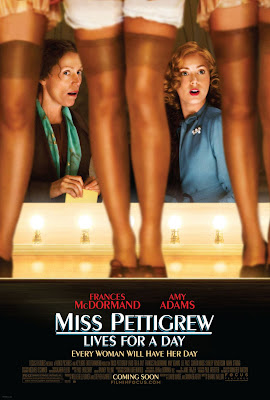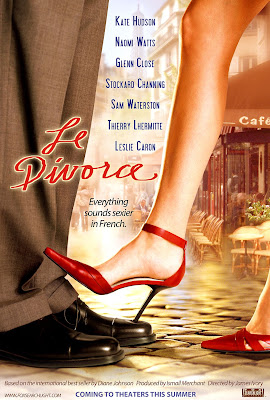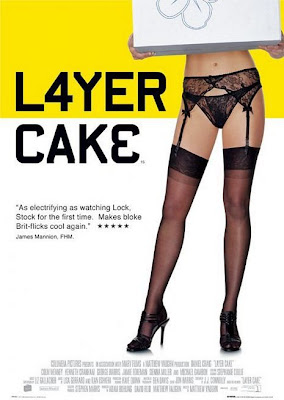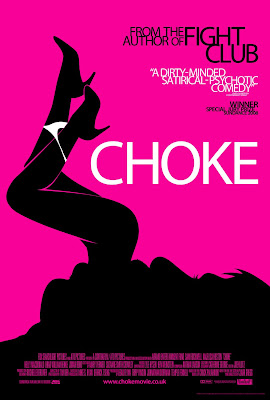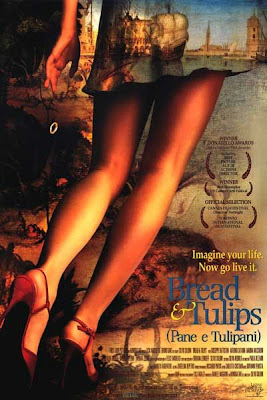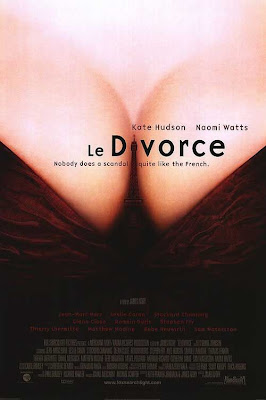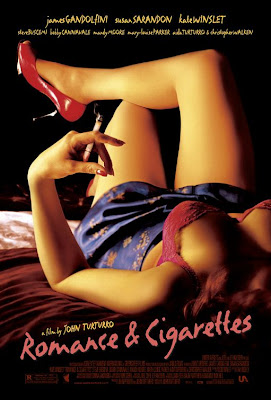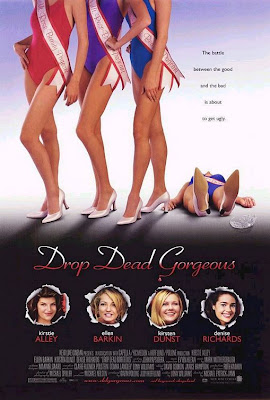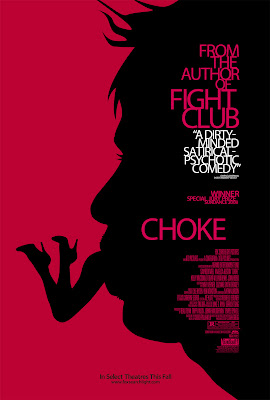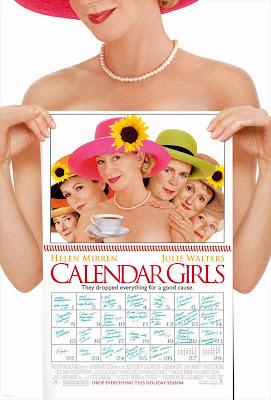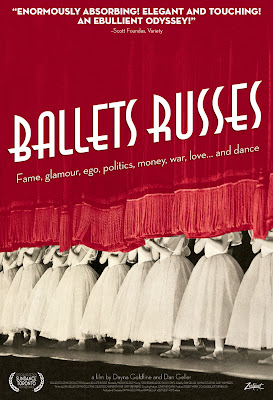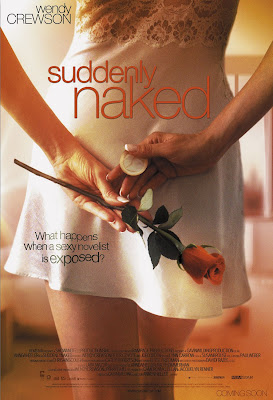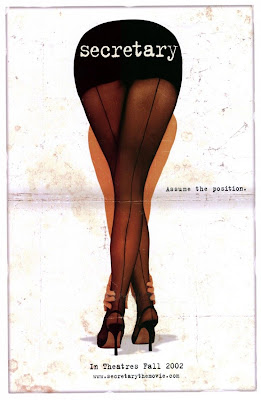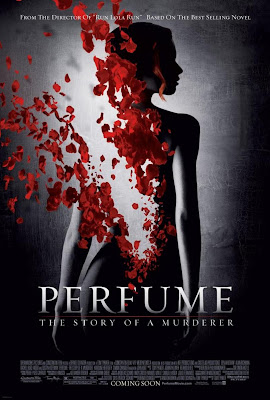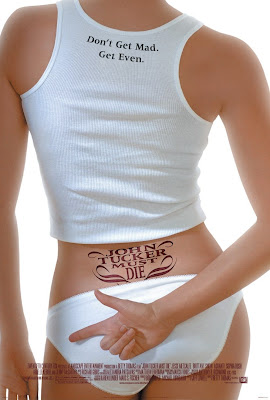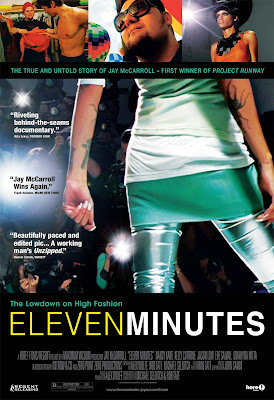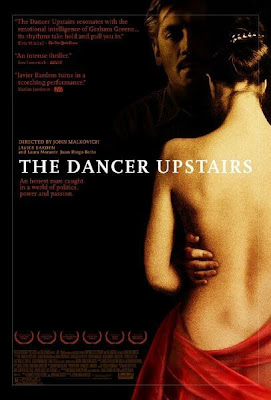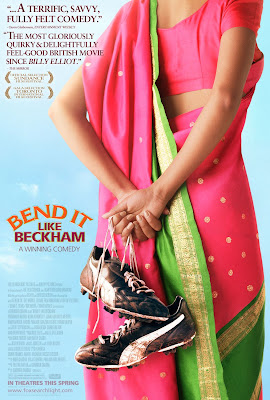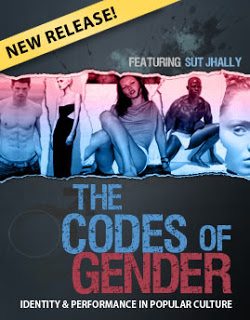Tag: Advertising
Bitch Flicks’ Weekly Picks
Flick Chicks: A guide to women in the movies by Mindy Kaling for The New Yorker
Kickstarter campaign for ‘The Punk Singer is Kathleen Hanna’ by Sini Anderson
Tomi-Ann Roberts on the sexualization of girls from SPARK Summit
CNN’s “Gender Identity: A Change in Childhood” from Bitch
Early Signs of a “Bridesmaids” Bump by Rebecca Traister for Salon
The Cost of a Non-Diverse Media by Ariel Dougherty for Ms.
Book Excerpt: Where Have All the Girl Bands Gone by Courtney E. Smith from Women and Hollywood
Man Up: The CEO of “Light Beer” Takes Issue with Miller Lite from The Good Men Project
Why Is TV Suddenly Overstuffed With Buxom Bunnies, Sexy Stewardesses, and Charlie’s Angels? by Sarah Seltzer & Julianne Escobedo Shepherd for AlterNet
Sex, Gender, and Dancing with Chaz Bono by Barbara J. King for NPR
Leave your links in the comments!
Bitch Flicks’ Weekly Picks
Hermione Granger: The Heroine Women Have Been Waiting For from Huffington Post
Spotlight on the Samsung Women’s International Film Festival from Gender Across Borders
Best Ever Hindi Films by Women Directors from Rediff Movies
Mila Kunis Is SO HORRIBLE! (This, too, is sarcasm.) from Shakesville
2011 Kids’ Movie Titles Feature 11 Male Stars from Reel Girl
Violence Against Women in Peru, and the Films of Claudia Llosa from Bad Reputation
Murder, She Blogged: Mrs. Columbo from Bitch Magazine
Tell Got Milk to End Its Sexist “PMS” Ad Campaign from Change.org
Leave your links in the comments!
YouTube Break: Jean Kilbourne’s "Killing Us Softly" Lecture
From her website:
Jean Kilbourne, Ed.D. is internationally recognized for her pioneering work on the image of women in advertising and her critical studies of alcohol and tobacco advertising. Her films, lectures, and television appearances have been seen by millions of people throughout the world. She was named by The New York Times Magazine as one of the three most popular speakers on college campuses. She is the author of the award-winning book Can’t Buy My Love: How Advertising Changes the Way We Think and Feel and co-author of So Sexy So Soon: The New Sexualized Childhood and What Parents Can Do to Protect Their Kids. The prize-winning films based on her lectures include Killing Us Softly, Spin the Bottle, and Slim Hopes.
Bitch Flicks’ Weekly Picks
Men outshouting women on radio from the f-word blog
Why we all need to see Bridesmaids from I Will Not Diet
Thelma and Louise Turns 20 from Women and Hollywood
Does Oprah’s Finale Herald the Rapture? from WIMN’s Voices Blog
Beyonce: Girls Run the World (Cue the Apocalypse!) from Ms. blog
Who Run the World? GIRLS! Who Wrote the Song? MEN! from Goddesses Rising
Dove: Visibly More White Beautiful Skin from Feministe
Short Skirts and Inappropriate Gender Messages in Tide Commercial from Marinagraphy
Leave your links in the comments!
Disembodied Women Take Five: Mouthing Off
Disembodied Women Take Three: Leggy Perfection
Disembodied Women Take Two: The Headless Woman
Disembodied Women Take One: The Rear View
In a society that treats women merely as a collection of body parts, airbrushed to perfection, it caters to the pleasure of men, who then reduce women to body parts in everyday life. It’s no wonder women can barely walk down the street without being cat-called or ogled by individual men or entire groups of them, which serves as yet another patriarchal power trip, further subjugating women and their existence as actual people.
Unfortunately, movie posters also fall into the all-too-easy and uncreative trap of exploiting womens’ bodies in order to sell their films. I find it most disturbing that even films such as Bend It Like Beckham and The Sisterhood of the Traveling Pants also fall into the stereotypical “advertise women’s asses” approach to promoting a film. Both movies can be (and have been) read and reviewed as feminist in that they promote sisterhood and also significantly pass The Bechdel Test (which we’ve established seems embarrassingly elusive to most mainstream films).
Here’s a selection of movie posters advertising different genres that all use a woman’s backside to sell a film. Leave your thoughts about the posters, or other films that use similar imagery, in the comments.
The Codes of Gender: Documentary Preview

From the Media Education Foundation (MEF):
Communication scholar Sut Jhally applies the late sociologist Erving Goffman’s groundbreaking analysis of advertising to the contemporary commercial landscape in this provocative new film about gender as a ritualized cultural performance. Uncovering a remarkable pattern of gender-specific poses, Jhally explores Goffman’s central claim that the way the body is displayed in advertising communicates normative ideas about masculinity and femininity. The film looks beyond advertising as a medium that simply sells products, and beyond analyses of gender that focus on biological difference or issues of surface objectification and beauty, taking us into the two-tiered terrain of identity and power relations. With its sustained focus on the fundamental importance of gender, power, and how our perceptions of what it means to be a man or a woman get reproduced and reinforced on the level of culture in our everyday lives, The Codes of Gender is certain to inspire discussion and debate across a range of disciplines.
I haven’t yet watched The Codes of Gender, but I imagine it might provide some insight for our continued frustration with movie posters.
We previously highlighted Generation M, another documentary by the MEF, which focuses on the misogyny prevalent in contemporary culture.
As the MEF is a foundation focused on education, you can watch a low-resolution preview of any of their films online (for personal viewing only).
If you’ve seen The Codes of Gender, let us know what you think!
